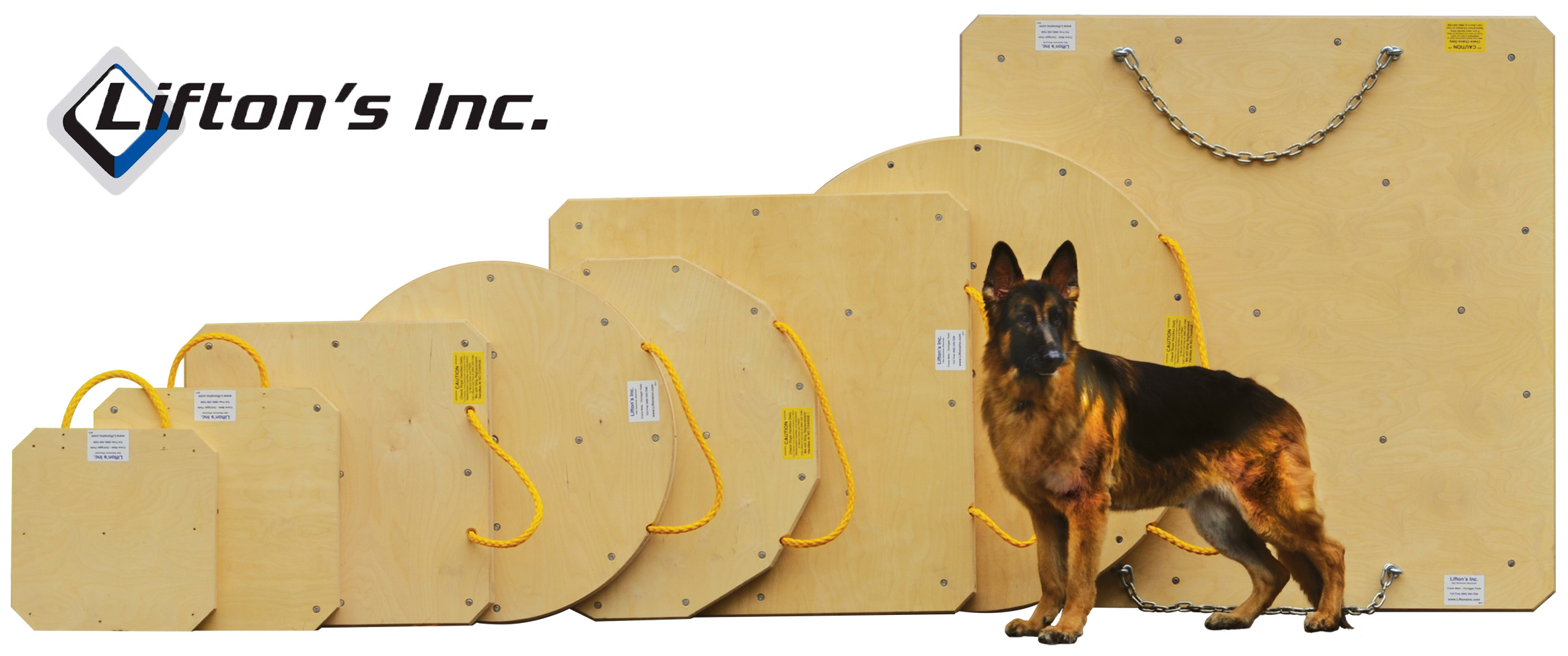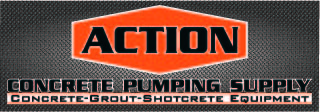| Todd | 06-06-2009 | comment profile send pm notify |
|
I just got this email. Do you guys run into this often? and what should he do? |
||
| Pump N00b | 06-06-2009 | reply profile send pm notify |
|
WHY do they require it? |
||
| truckshow | 06-06-2009 | reply profile send pm notify |
|
I've yet to hear about this one Todd... Why would eng.'s require a Double 90? Almost all bridge decks I've been on are DOT rough mixes kept at a 4" slump or less and putting a 90 on, would spell disaster in my mind...I'll ask around to see if any of that is happening around here. |
||
| Many | 06-06-2009 | reply profile send pm notify |
|
And when did this start? Honestly now,if specing double 90's on a deck I would wonder if I wanted to drive on them.ICF and sometimes heated matt pours they are asked for,some get some don't. This is a joke right? |
||
| Rob W | 06-06-2009 | reply profile send pm notify |
|
I was told by state inspectors when doing a bridge deck that it was necessary to get the air entrainment numbers right...their test would be acceptable with this method in use...also pumped walls where it was helpful...concrete not falling through tip section directly into wall styrofoam walls...always had safety strap to 90s. |
||
| WHO?? | 06-06-2009 | reply profile send pm notify |
|
Yeah safety straps are life savers..Especially when you have 30 pounds of death flailing around when a quick plug turns loose! DITCH THE STEEL ON THE END OF THE BOOM!!!!!!!!!!!!!!!!!!!!!!!!!!!!!!!!!!!!!!!!!!!!!!!!!!!!!!!!!!!!!!!!!!!!! |
||
| dcon | 06-06-2009 | reply profile send pm notify |
|
It is easy to say that but when state specs call for that you cant just ignore the engineers or they wont let you pour. It is because of the air in the concrete. We have to do air test before concrete goes into the pump and another after it is pumped thru. The air decreases signifigantly after being pumped and the faster and farther it falls more air is lost. |
||
| PourItOut | 06-06-2009 | reply profile send pm notify |
|
1st Shoot the Engineer! they probobly say this because when you dont get a full stream out of the hose the air entrainment is knocked out of the concrete when it hits the deck, I would suggest reducing to 4" whip and keep volume up to ensure a full stream |
||
| rick5z | 06-06-2009 | reply profile send pm notify |
|
iv'e had problems also with penndot, all i do are bridge decks and piers, it is neccessary for air entrainment, not to let the concrete fall through the boom, this damages the little air bubbles in the mud. irun a 5 stage z boom which helps because the last stage is level or runs uphill which puts a little back pressure and fills the boom up really quickly without having to turn up the pump really high. the trick is to make sure your boom is full when you give a sample and also i try to pump really slow i also lay the hose in the wheelbarrow so the crete doesn't fall through the hose either. once your boom is full you can run it any way you want as long as you keep the boom full. the purpose of the 2 90's is to keep a little back pressure so you can keep the boom full. you should explain about the safety issues of the 2 90's and explain about keeping the boom full, hopefully they'll understand. |
||
| rick5z | 06-06-2009 | reply profile send pm notify |
|
|
||
| rick5z | 06-06-2009 | reply profile send pm notify |
|
|
||
| rick5z | 06-06-2009 | reply profile send pm notify |
|
|
||
| pumpjockey | 06-06-2009 | reply profile send pm notify |
|
Invest in a Conforms Ruff-Neck Reducing Hose: http://www.conforms.com/pdf/conforms/new_03/0220Ruff-NeckReducingHose.pdf It also comes in a 5 - 3" reduction: http://www.conforms.com/pdf/conforms/new_03/0309-5to3Hose.pdf Here's some air entraiment literature - corporate propaganda, but it's better that usine a hunk of steel at the end of the hose. - merely a dull guillotine. Putzmeister has their 'Pin Pour' to reduce splater and assist in maintaining air entrainment: http://www.putzmeister.it/cps/rde/xchg/SID-3C6E00FC-ABFD9B7C/pmi/hs.xsl/3065_3148_ITA_HTML.htm Then there is the Mud Snake from Brundage Bone - you can also build this yourself. This is not for high-speed pimping, but a good alternative in ICF pours. Or you can build your own version of the 'Pin Pour' with traffic cone. http://www.concretepumping.com/index.php?mode=newboard&act=topic&tid=4775
http://www.youtube.com/watch?v=p-iiN_cn6mQ |
||
| rick5z | 06-06-2009 | reply profile send pm notify |
|
iv'e gotton pretty good at this process i usally only lose .5% or less |
||
| Secret Squirrell | 06-06-2009 | reply profile send pm notify |
|
ruff-neck is a nice hose for certain applications a simple suggestion I would use a secondary grate just Incas the mixer drivers let a fin threw thus plugging the hose. Worst case a catch and release. But to slow the concrete down in the pipe eliminating air pockets is what we are all trying to accomplish safely. |
||
| pudg | 06-08-2009 | reply profile send pm notify |
|
why not just use a 5-4 or 5-3 steel reducer with a 10' hose , we have been doing this for years,achieving the same but with the reductions being in steel a much safer and more economical solution being these reducers will last a lot longer than a reduction hose and also cutting down on your chances of a hose whipping being bridge decks are sometomes high output pours. |
||
| rick5z | 06-08-2009 | reply profile send pm notify |
|
the problem with reducers on these pours is these mixes are really bony and sometimes they won't go through even a 4" reducer let alone a 3" |
||
| Many | 06-08-2009 | reply profile send pm notify |
|
Some states are starting to get more progressive in there mix designs.This is making them more pump friendly.Most of the decks I have done (allot) a 4 1/2" tip works great,have had to use 5" at times. I hate to say this,but this would be a great issue for the acpa (if they wern't spinless) to tackle.This is not only about safety but equipment as well. |
||
| Pump N00b | 06-08-2009 | reply profile send pm notify |
|
Where's Bob? |
||
| TooTall | 06-08-2009 | reply profile send pm notify |
|
Washington State DOT requires test samples to be taken at the point of discharge with a steady flow to get acurate entrained air test results. For the same reasons, because if it's allowed to fall, drop or goes splat it reduces the ent.air content. (But what the hell does a big high cycle vibrator do!?!?) The Safest and most practical solution is an air cuff in my opinion. DOT inspectors usually require the pump to reach a steady/constant flow, then "pump off" and kink the tip hose off then boom over to their wheel barrow. The sample 'must' be a consistant flow as it drains, if it falls out of the hose into their wheelbarrow they'll make you start over... "Air Cuff"!!! |
||
| TooTall | 06-08-2009 | reply profile send pm notify |
|
Check out this piece>o>crap! It's even got a shut off, or as I call it, an "Auto Plug System". It's Safety Orange Too! So you can see it really good just before it puts you in the hospital!... |
||
| pudg | 06-09-2009 | reply profile send pm notify |
|
if you are plugging in a 4 1/2 I dont think it would be a good idea to use a reduction hose, thats a catch 22 ,I just know I wouldnt hang a contraption like that off my hose, I would maybe look to pump 5-4 and if you still having issues you have to come up with a solution that doesnt involve double 90s that is not an option anymore in my book,air entrainment vs. someones life = someones life everytime , the state or federal government should take this off there list of acceptable job practices and find another solution |
||
| Vasa | 06-09-2009 | reply profile send pm notify |
|
I´m with pudg in this case , a 5"-4" reducer and a 4" endhose with an air-cuff . I pump 95% through a 4" endhose 4% trough 3" or 2.5" and 1% trough a 5" endhose... The operators who say it dont work because the mud is so bad , have you tested with 5"-4" or do you only think it don´t go ? Sometimes we have 3" slump on a bridgepour and it pumps god in a 4" endhose , 25mm-32mm stone in the mix . I must come over and check the mud if it is so bad that some say ! |
||








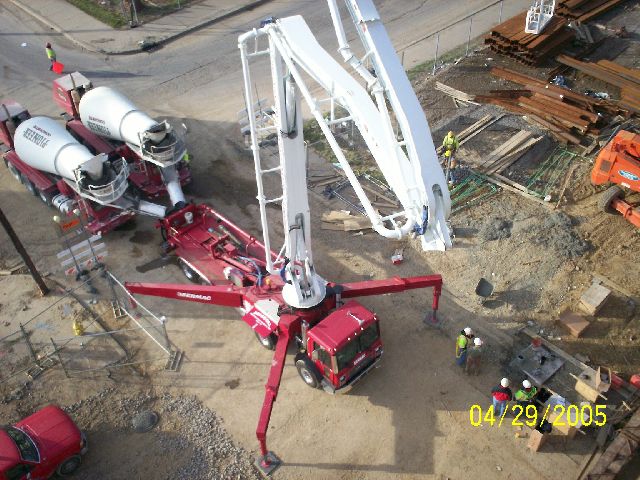
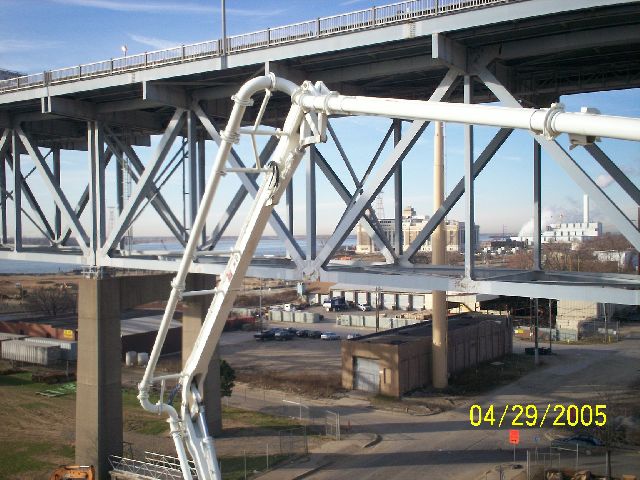
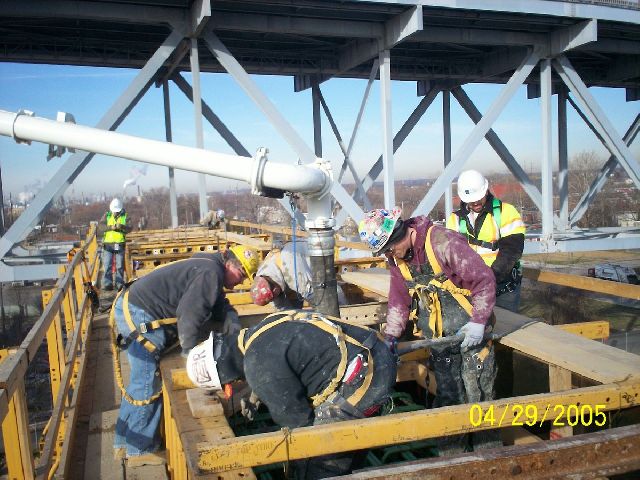
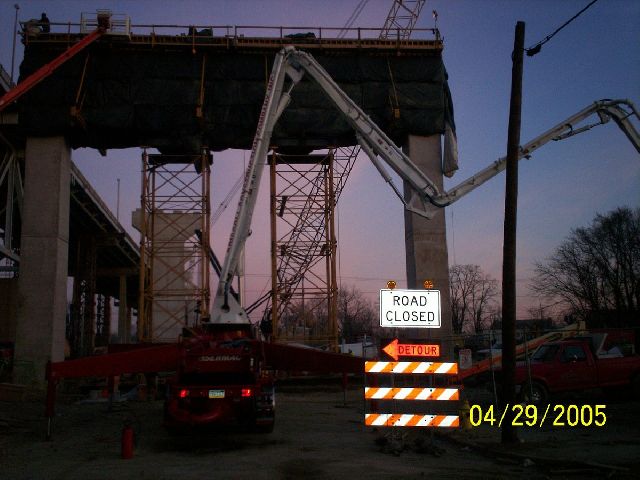
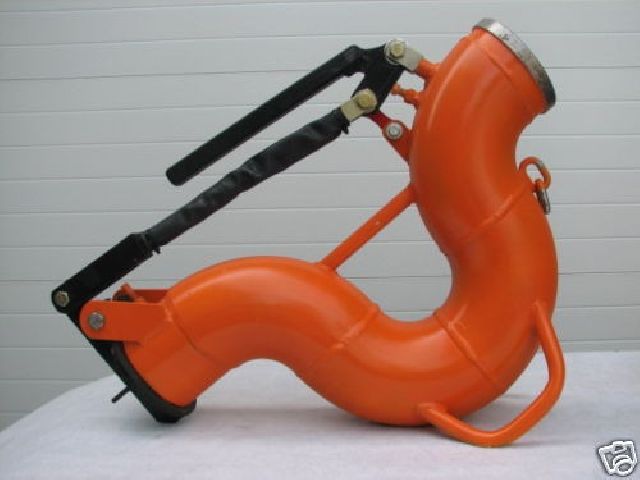



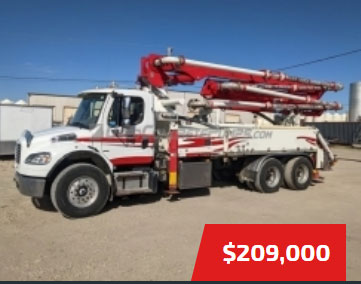








.jpg)
.gif)

.jpg)









.jpg)
